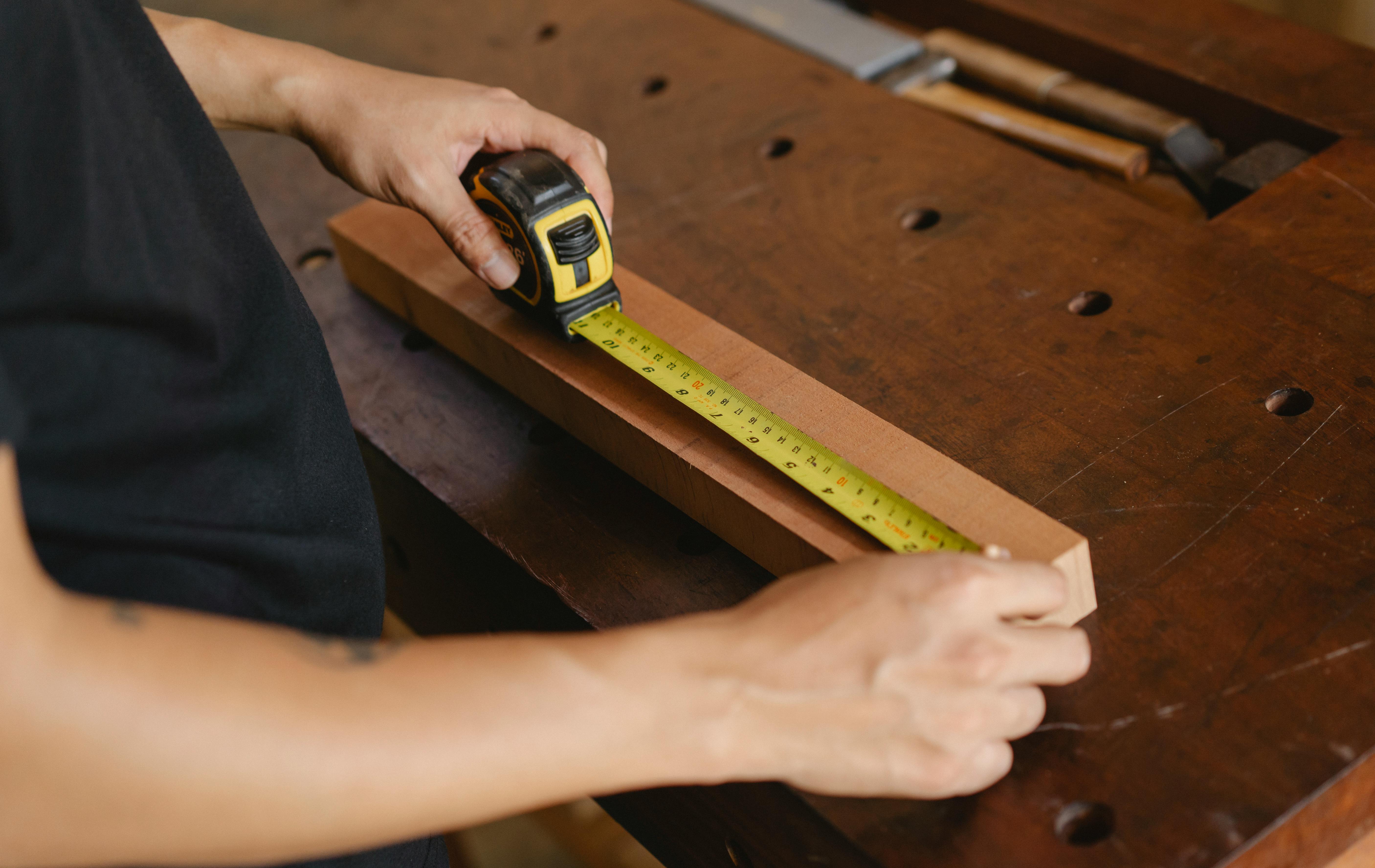Tax strategies to save even more
Here are some not-so-traditional ways we’ve advised our clients to save on taxes. We try to keep you informed and welcome any questions.
Financing your IRA with previously contributed funds
This is definitely pushing the envelope, but it is allowed by the IRS. If you don’t have enough cash to make a deductible contribution to your IRA before April 15, this is how you can take the tax deduction. And have until June 12 to make the full contribution of $ 5,000 for 2009! Remember, extensions are not counted on the due date of IRA contributions. To get started, all you need is a previously started IRA.
Start by receiving $ 6,000 from your IRA on April 15. Your bank must withhold 20% of your income taxes, for which you will actually receive $ 5,000. Once you have the $ 5,000, immediately return it to your IRA account. If you do so before April 15, it will count as your deductible contribution for the year. The best part about this is that you have 59 days to “offset” the withdrawal or to pay taxes. Simply deposit $ 6,000 into the same IRA before June 12 to avoid tax on the original $ 5,000 distribution made to you. This is a type of short-term loan from your IRA to make this year’s deductible contribution before the April 15 due date.
Not all banks realize that 20% of the original $ 6,000 withdrawn from your IRA is required to be withheld. There are many options, so educate yourself before you miss out on all the benefits of your retirement plan.
Make your landlord pay for the improvements
This strategy ties into something we make for a client and we save them considerable tax dollars. Instead of paying for lease improvements at your workplace, you can ask your landlord to pay for them. In return, you offer to pay the landlord more in rent over the term of the lease. By financing improvements to your rental property in this way, both you and your landlord can save money on taxes.
Typically, you must deduct the cost of lease improvements made at your workplace amortized over 39 years. If you move to another location in the year your lease ends, you can deduct the part of the cost of the improvement that you have not previously deducted. This normal scenario will not save you taxes in the first few years of the lease. Your landlord will have to put up the initial cash for the improvements, but you will cover it over time with an increase in your rent payments. Because your landlord will pay for the improvements, you will save taxes at the beginning of the lease and your landlord will benefit, too.
How does this help the owner? During the same time, your landlord will get depreciation deductions for the cost of the lease improvements. When you leave, your landlord will still have the improved property to offer to future tenants. It’s a great opportunity for a win-win situation that gives you faster access to your invested money.
Using home entertainment to increase deductions
There are two basic types of entertainment expenses: direct entertainment expenses and associated entertainment expenses.
If you entertain guests at your residence and have a business purpose, and if the business is conducted during entertainment, then the cost of your home entertainment is deductible as a direct entertainment expense. However, if the entertainment occurs immediately before or after a business meeting, the cost is deductible as an associated entertainment expense. These expenses are deductible at 50%.
Many companies are already enjoying this tax strategy and are benefiting from it with a more social climate to conduct their business.
